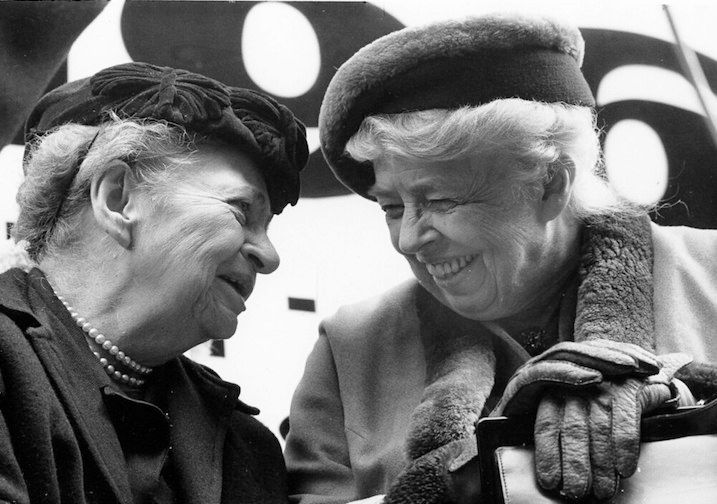Triangle Upgrade
- Penny Colman
- Oct 18, 2023
- 3 min read


Over the years, I have visited and revisited the site in New York City of the Triangle Shirtwaist Factory Fire—March 25, 1911— where 146 (mostly girls and women immigrants) workers died. The fire started small, a cigarette or cigar in a wastebasket, but the water buckets weren't filled up. A fire escape collapsed. An elevator stopped working. A survivor, blouse operator Mary Domsky-Adams, recalled the locked door: "It was before this door that the greatest number of victims were caught; they had surged to the door, hoping to escape, but couldn't break through." (The first image is from the cover of a 60-page, illustrated book from the 2023 dedication of a permanent memorial that we attended last week on October 11. The second image is from my 2008 visit with first-born grandchild Sophie.)
I learned about the Triangle Fire in the early 1990s when I was doing research for my book about Frances Perkins. A witness to the fire and the horror of seeing workers jump to their death was a transformative experience for Perkins. (A Woman UnAfraid: The Achievements of Frances Perkins)
In the aftermath of the fire, an investigation was held and Frances Perkins, an experienced factory inspector, was a key person in getting 36 new laws passed in New York, improving safety conditions and the rights of workers. (In 1933, President Franklin Roosevelt appointed Frances Perkins U.S. Secretary of Labor, the first woman in a presidential cabinet. Her consequential term included the creation of Social Security, abolition of child labor, enactment of minimum wages and maximum-hours, workers' right to organize and bargain collectively.)

For many years, the International Ladies Garment Worker Union held a memorial event at the site, 23 Washington Place, New York City, that included the symbolic raising of a fire ladder to its too-short 1911 height.

Frances Perkins and Eleanor Roosevelt attended the 50th anniversary event in 1961. A plaque was dedicated in 1991. I attended the 100th anniversary event in 2011 with Perkins' grandson. (Left image: FP and ER at 1961 event. Right image: poster from 2020 event) The October 11, 2023, event was an elaborate affair with a larger crowd, many people holding union signs; the New York City Labor Chorus, a soloist, and a cellist; a fire truck with an honor guard of fire fighters; and a long list of speakers, including New York Governor Kathy Hochul (who spoke so engagingly and impressively that I thought—Hochul for president!?)
The origin story of the 2023 Triangle Fire Memorial dates back to the formation of the Remember the Triangle Fire Coalition in 20009. The winning design of an international design competition, “Reframing the Sky,” was created by architects Richard Joon Yoo and Uri Wegman. As you can see in the first image, there is a vertical two-sided sculptural form, a ribbon of etched stainless-steel that rises to the ninth floor, where most of the victims jumped to their death. (That structure has yet to be attached.) At the second floor, the stainless-steel ribbon splits into two horizontal bands that run along the facades of the building, about twelve feet above the sidewalk. Victims' names are reverse laser-cut into those bands. As light passes through, the names reflect below to an angled stoneglass panel fastened to the building at hip-high height. Below that is a notched stainless steel frame. The notches for hanging a white carnation preserve the annual tradition of people placing a white carnation with a victim's name attached. (See second image) Quotes from witnesses are on the stoneglass panel. Above the quotes are three rows of workers' name and their age. The image below is part of Frances Perkins' quote—The windows were crowded and they would jump and hit the sidewalk. Every one of them was killed, everybody who jumped was killed."

Comments